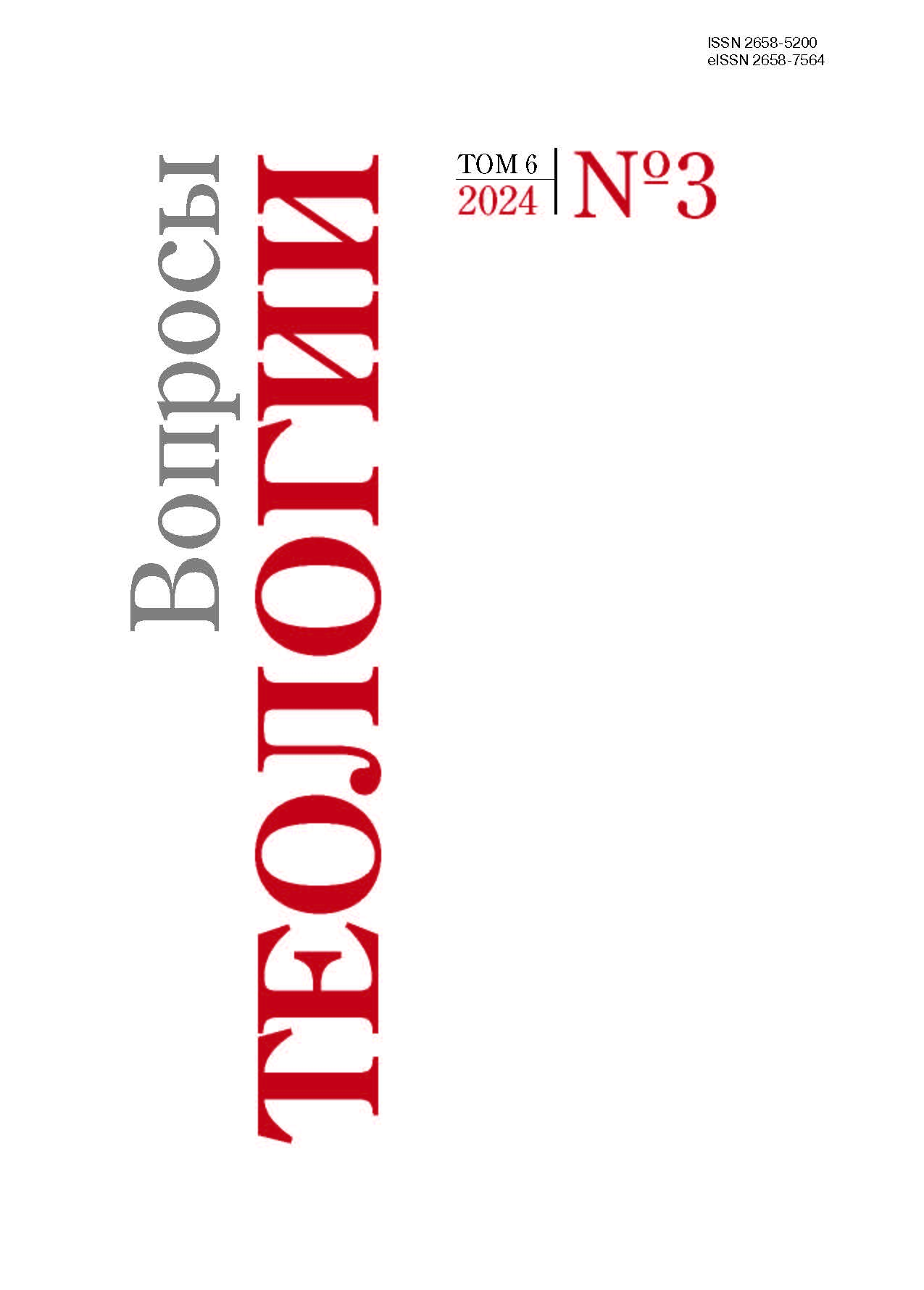Archaic religious predicates in contemporary East Slavic folk Orthodox culture: Interpreting of symbols in the structure of religiosity
DOI:
https://doi.org/10.21638/spbu28.2024.303Abstract
This academic work is an extension to the article “Christian theology and the archetypal in religion: A reconciliation experience for the stances” that was published in the journal “Issues of Theology”, 2024, no. 2. As a critical characteristic of spiritual culture, religiosity can be described as sacred acts significant for this culture, i. e. as religious predicates. The compiling of a “predicate pattern” of East Slavic religiosity is an intriguing and promising academic task which can aid in defining the key features of Russian culture in its ecclesiastical and folk Orthodox interpretations. The article draws attention to the fact that Russian culture, which was formed under the unquestionable influence of the Orthodox faith and Church tradition, experienced a considerable influence of pre-Christian ideas in the course of its development. The text presents an attempt to consider the phenomenon of Russian religiosity through the prism of religious predicates that are significant for the Eastern Slavs, which not only reflect the specifics of folk religious practice, but also determine the uniqueness of Russian ecclesiastic culture. The circumambulation and other variants of circular movement, drawing of a sacred symbol, tying and tearing apart, touch and remembrance are the most vivid religious predicates isolated on the basis of the semantic load they are conveyed and of the functions they perform. The analysis of predicates is followed by examples from modern folk ritual customs and Church tradition. The archetypal nature of many practices is evidenced. The article identifies and suggests possible solutions to the main problems associated with the isolation of predicates in the spiritual culture language.
Keywords:
religiosity, folk Orthodoxy, cultural predicates, circular movement, drawing of a cross, sacred tying, ritual tearing, touching of sacred objects, memory of ancestors
Downloads
References
Downloads
Published
Issue
Section
License
Articles of "Issues of Theology" are open access distributed under the terms of the License Agreement with Saint Petersburg State University, which permits to the authors unrestricted distribution and self-archiving free of charge.




